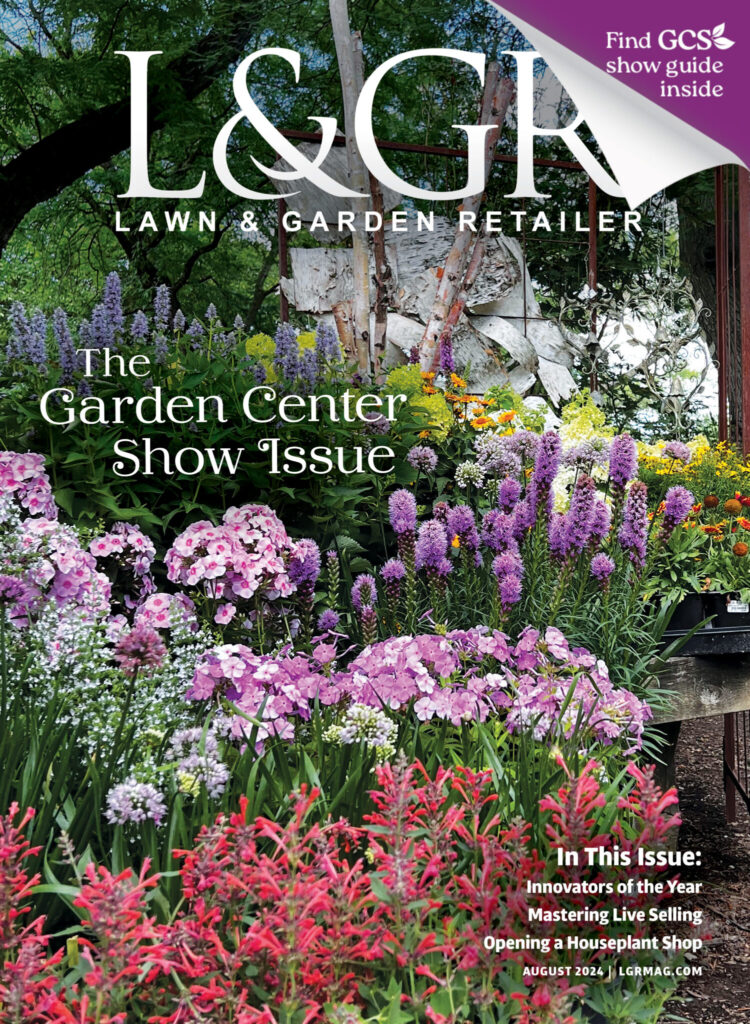Lighting The Way To Success
Many years ago when I was working as a stage designer creating scenery and lighting for Broad-way, film and television, I saw a production of Hamlet that changed my entire approach to the profession of commercial design. Richard Burton was Ham-let, Hume Cronyn was Polonius and a roster of incredible talents filled the other parts. The stage was a bare, gray series of platforms. The actors wore black leotards, and the lighting was magnificent. The play was a great success, and audiences filled the house until the run was over. I was convinced that with a great script, great actors and great lighting (without elaborate costly scenery) a production could still be successful.
It was a turning point in my career, and it was one of the deciding factors that made me consider adapting my schooling and talents to another area customer behavior in a retail environment of my making. I wanted to equate the scenic, visual and lighting effects of the stage to a store: Both are platforms for presentation.
Lighting Design Technology
The technology of lighting design and equipment changes rapidly, so I would rather present the theories and numbers that relate to levels of customer perception than list specific lamp numbers or colors. Some trends in lamp making and fixturing have been popular and then discarded in favor of new developments. The energy cost for lighting is an increasing consideration. Heating and air conditioning equipment are important factors in setting levels of intensity and the color of the illumination itself.
There are companies and individuals whose prime business is lighting and others whose work centers on energy savings. Engineering firms are another resource. International electrical and lighting corporations will gladly give you free information to encourage you to use their products. However, I recommend that anyone interested in having current, efficient and cost-saving lighting done for a retail store contact design sources with retail business experience and compare their credentials. The best judgment of their work will be made when visiting sites they designed.
Lighting design for stores is an art. The main purpose of lighting in the store is to properly (aesthetically correct and acceptable for specific expectations) illuminate all products and simultaneously highlight the featured items. Architectural and engineering thinking alone can miss the point of the retail purpose. This is not always the case but something to be aware of. From my experience, I have noted that some architects do a fine job of dramatizing the interior, and engineers do well to light the general space evenly. Both are necessary but not to the exclusion of directing the focus of the customer to the merchandise.
I don’t want to see more light on the walls, ceiling or behind the valance than I do on the items at the front of the department. I care more about lighting merchandise than having overhead lamps in a neat pattern that creates dark alleys among fixtures. I don’t want to see that the floor has spotlights focused on the marble rather than on the display near the aisle nor do I wish to pump in more wattage because the floor is a dark color and absorbs light rather than reflects it.
This is not a philosophical treatise on lighting psychology. It is a practical approach to extract the best, most coordinated lighting system for the price point of the store and for the expense of installation and maintenance. Neatness and conformity are fine in general but should never override the necessity to be flexible during presentation changes.
The Art Of Lighting Design
In very specific terms, the store is a stage for merchandise. As such, it is lighting that makes the entire space come alive. The height and proportion of store space must be a consideration for the size of the instrument used. Today, high-end specialty shops use recessed, focusable lighting for general and ambient sources. Some stores use small lamps and fixtures. Showrooms with a ceiling height of 10 ft. or less may use these units effectively. Using them in a larger space presents a problem. These lamps put out a decent amount of light but are expensive and have a relatively short life. There is nothing wrong with larger fixtures that house larger lamps when they provide better light and are less expensive. The fixtures themselves are also a design element on a sales floor. And it still takes a combination of a merchant/designer/technician to achieve spatial visibility and theatrical excitement.
Lighting is absolutely an emotional factor. We respond to specific colors and intensity of light in culturally defined parameters. The brighter the intensity and the more general the overall light, the more we think of value and price. The softer and warmer the lighting, the more we start to add fashion and exclusivity into the mix. Levels of light intensity, colors of light and movement of light are creators of feelings and responses. The seduction of customers starts here.
Shelf Lighting
Essentially, there are two means of presenting merchandise: hanging or shelving. Hanging departments need flexibility both in inventory and in the ability to change the focus of spotlights. Shelf units are hardly ever moved, but spotlighting on end caps gives premium items more punch. I have seen many innovative ways to light merchandise on shelves to give the face of each item sufficient light. There are examples of vertical tube lighting on posts at regular intervals to light the shelf grouping. Although this may be efficient in terms of cost, the actual results show a splash of light at the ends of the shelves and a drop off of intensity at the center.
The important issue is to give light with equal intensity on each shelf. This can be accomplished in several ways: One is to put a lamp under the shelf edge at each level and keep the merchandise back from the edge. This allows the front to be lit and not the top of the item. This method has been refined to cut a trough on the top of the shelf to throw light up and down as well as act as a restraint to the placement of the items. Some supermarkets have already adopted this technique.
Sephora, a cosmetics/fragrance specialist, has gone one step further. The company uses a tube light placed 2-3 inches away from the shelf to light the items up and down. The tube is covered in black, except for laser-cut information applied to the tube, creating back-lit signage for every product. The lighting system makes sense for beauty products. With this method, more light is coming from the shelves and from sources below eye level to make the shopper feel as if there were footlights at the mirrors. This direction of lighting washes out the deep shadows, and the warm color enhances the healthy looking aspect of skin. It is not a bad idea for stores that sell beauty products to romance their customers. Whether you sell cut, dried or potted greens, the entire visual ambience must be in a customer’s value balance with their shopping perceptions.
The Dramatic Effect
Good lighting creates drama, and drama in presentation produces distinction and clarity (the goals of all presentation elements). Lighting forces us to focus by defining items with higher intensity or color change. The technical advances in lighting instruments, lamps and merchandise need change rapidly. Lighting has become a field of its own.
Lighting designers must now consider all of these advances and resolve the balance of intensity, color, heat and cost. Most design firms and stores either employ a lighting specialist on staff or hire a consulting specialist. The old idea of lighting theory was different: “Turn them on. Turn them off.” It’s not nearly that simple today.


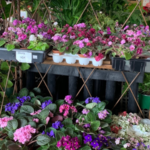
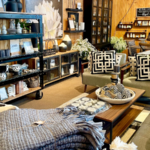
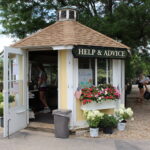
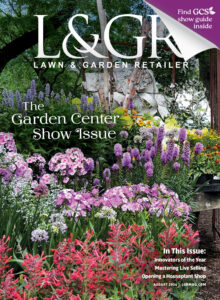



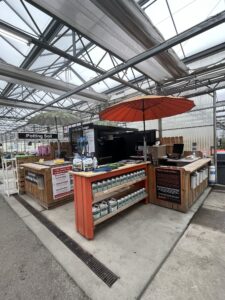
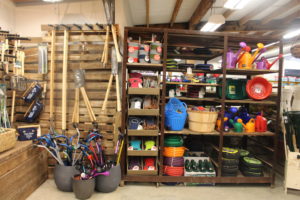

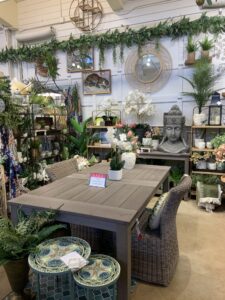
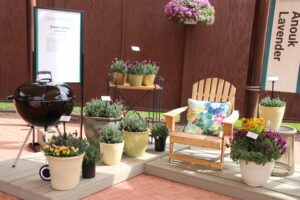
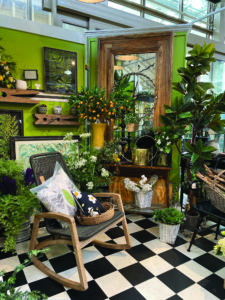
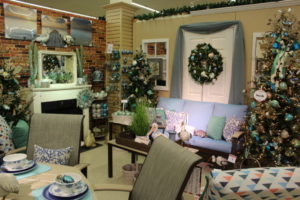


 Videos
Videos




